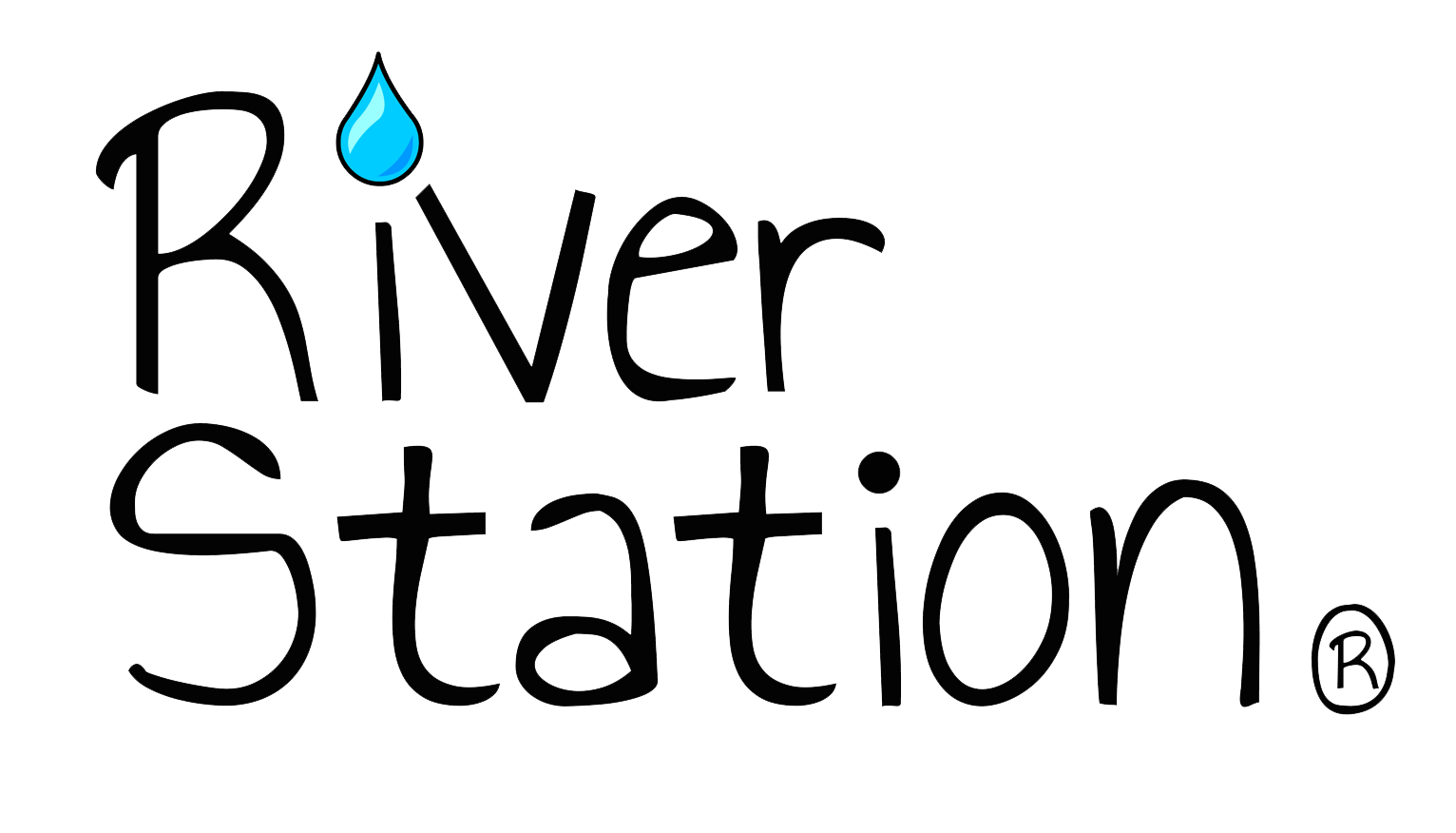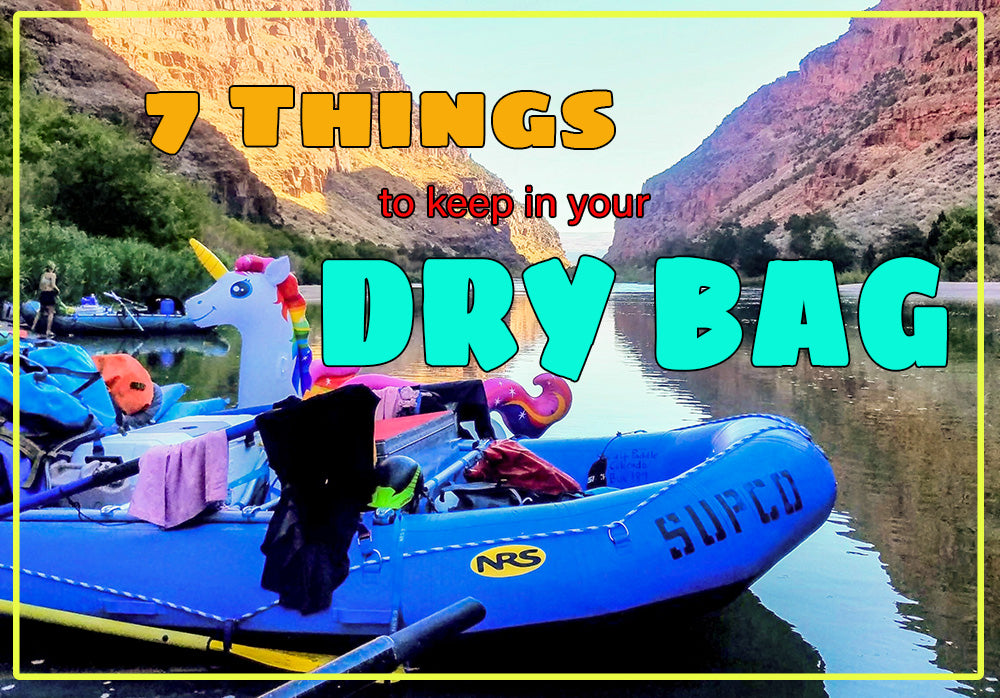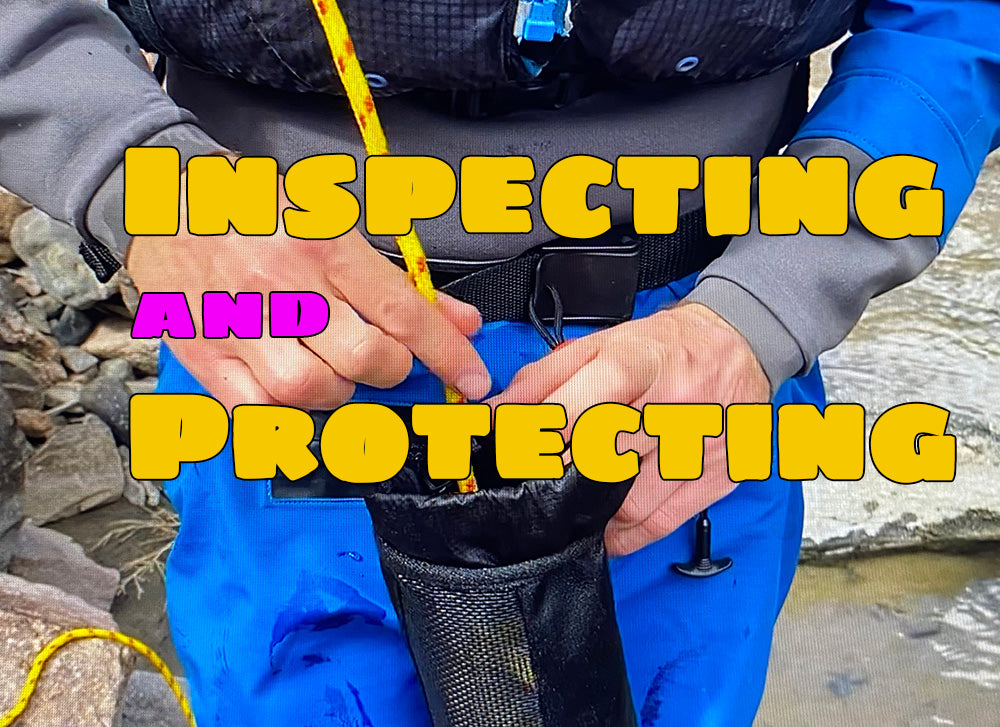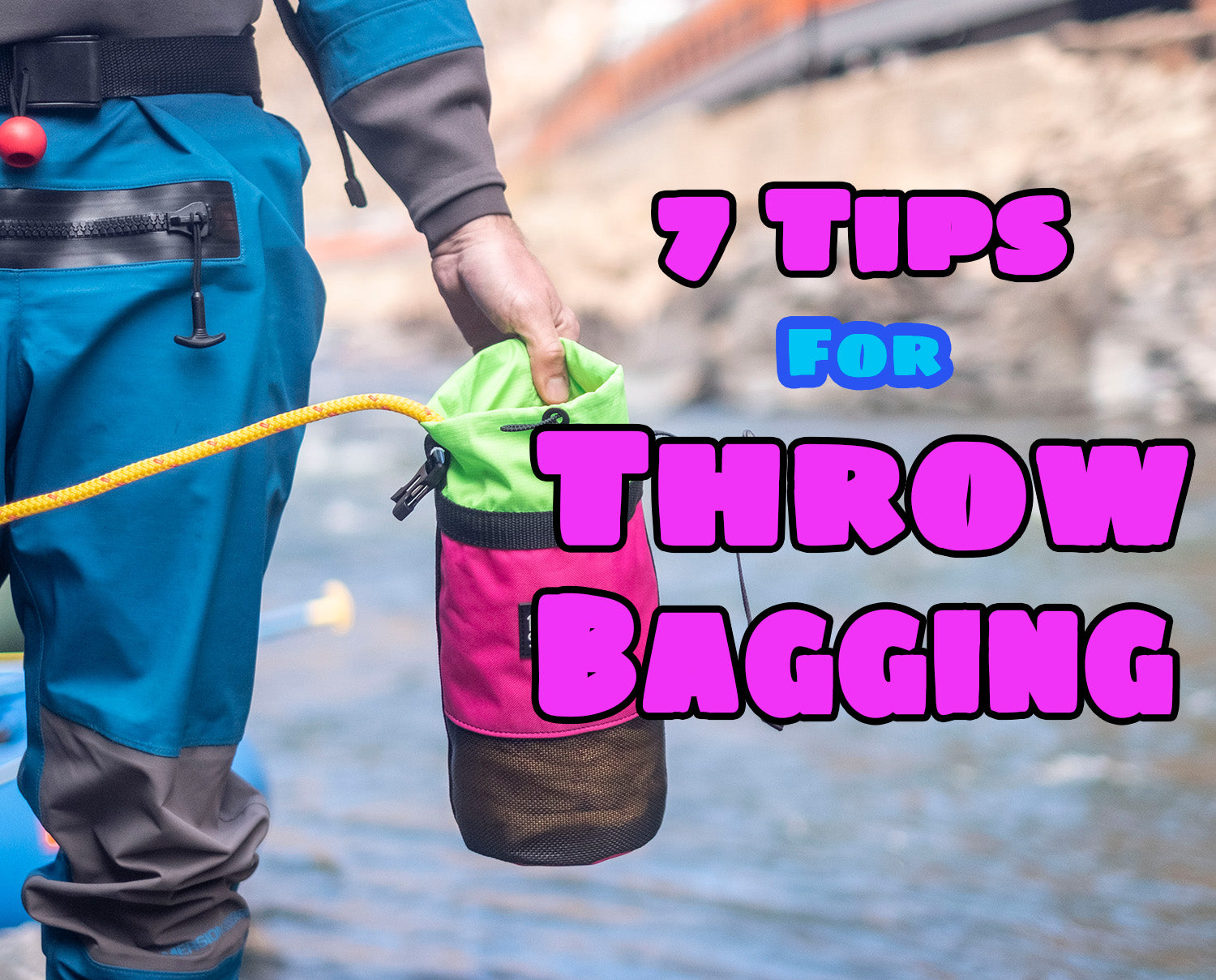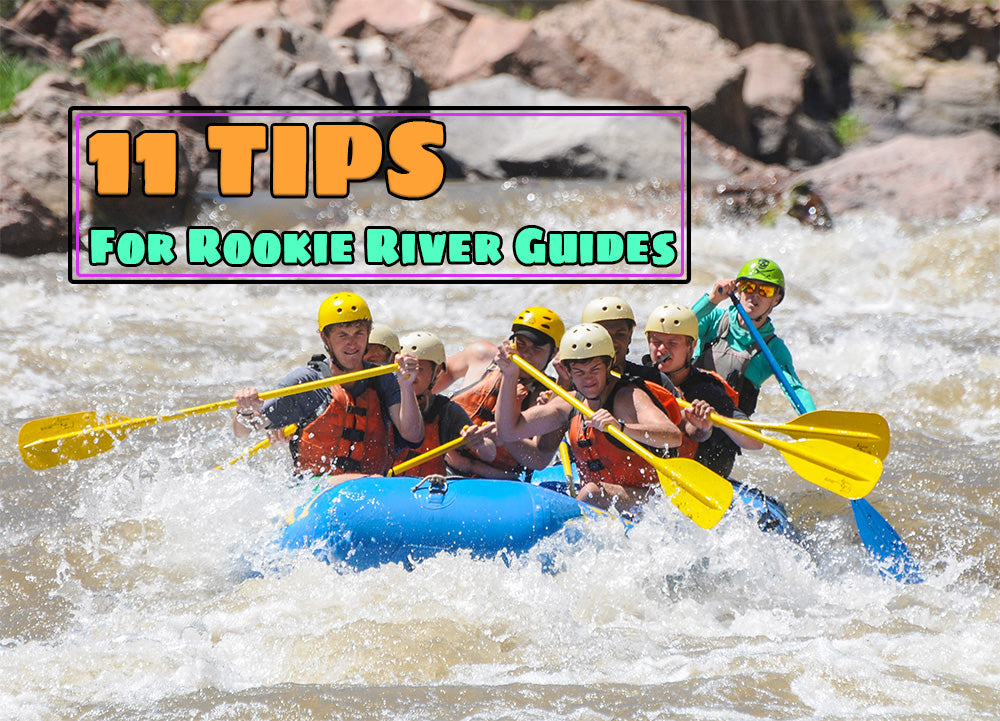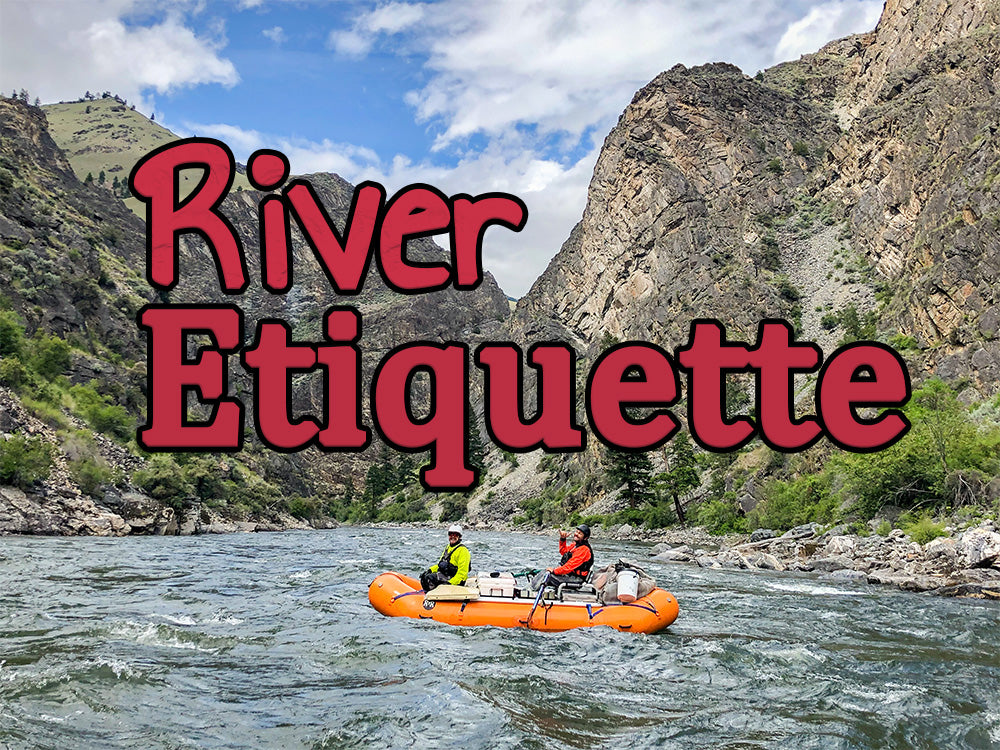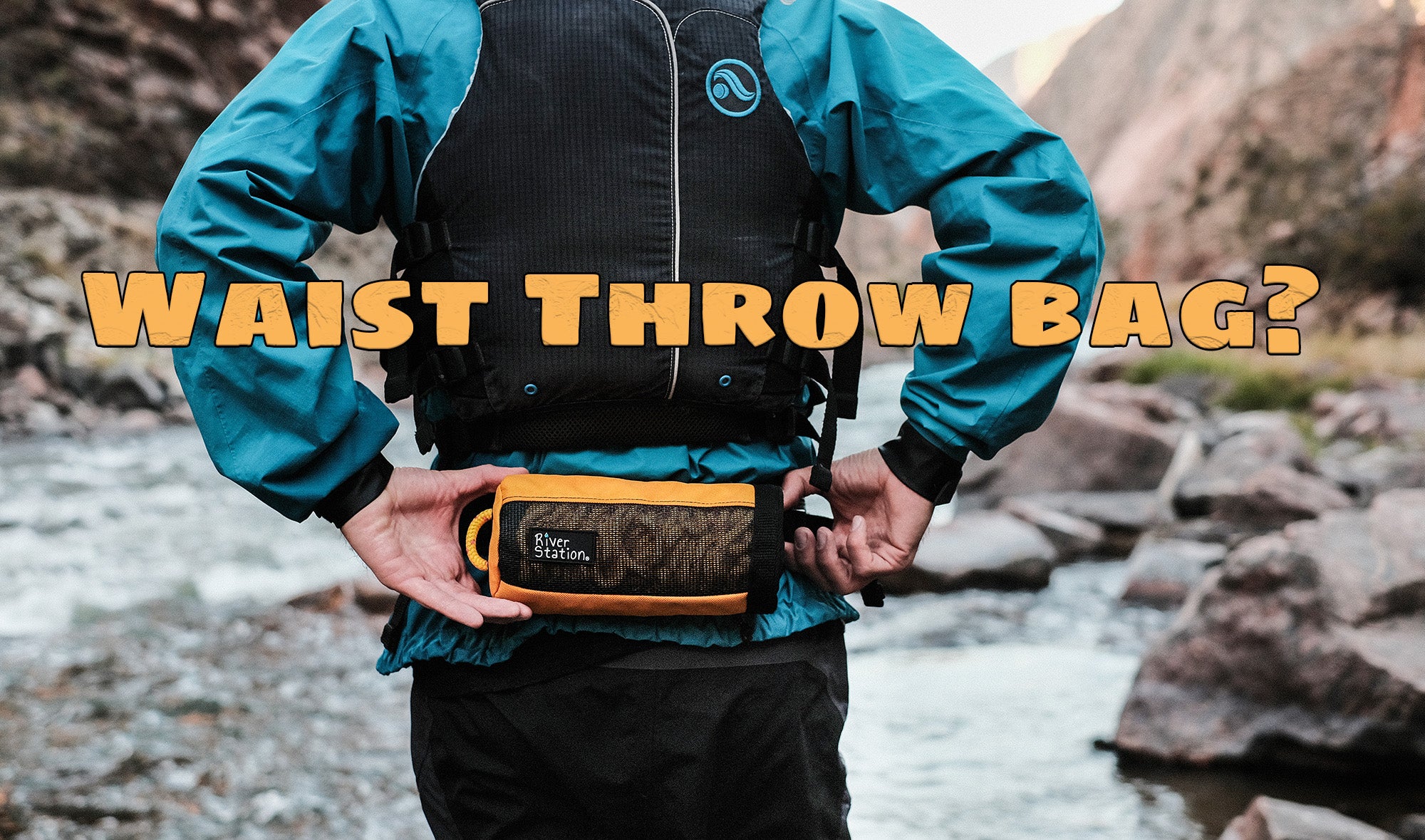The Whitewater Blog
1. Rig to Flip, Dress to Swim
This mantra is similar to “Hope for the best, prepare for the worst,” and is never more true than at high water. Be ready for a worst-case scenario by dressing your boat and yourself correctly. For example, you might want to rig a flip line across the bottom of your raft for help getting on top of it.
Likewise, consider rigging OS (Oh! Safety) straps across your thwarts and bringing extra spare paddles. If running an oar frame, ensure all straps are tight and tidy. Clip everything in and lock every carabiner. (Ensure you have no non-locking carabiners anywhere in the boat.)
7 Things To Keep in Your Rafting Dry Bag
What’s in Your Dry Bag?
River runners, guides, and private boaters alike should never go out without their waterproof dry bags. What you put in it is another thing entirely, although extra layers, snacks, and a first aid kit are a good place to start.
What’s the most random thing in your dry bag? Let us know in the comments, and don’t forget to share this with your river rat friends.
Inspecting and Protecting Your Whitewater Gear
5 Tips for Dealing With Stinky River Gear
11 Tips for Rookie River Guides
We all rely on each other to stay safe on the river. Sometimes this means setting safety for other groups. Setting safety involves waiting at the bottom of a rapid for the group behind you to make it through, and it often happens without asking or communicating about it.
When you see another group behind you, pull over, get your throw bag ready, and watch them run the rapid. Once they’ve made it, they’ll likely wait for the group behind them. Of course, if they don’t make it, you might have to jump into action to help get a boat, kayak, or people out of the water.
“A river seems a magic thing. A magic, moving, living part of the very earth itself. -Laura Gilpin
Those of us working on the river every day feel this magic power better than anyone. Sometimes it doesn't matter how many times you’ve run a rapid; the river has other plans. The mysterious nature of the river has given rise to various superstitions. Here are a few river rat superstitions you would be wise to abide by.
Should You Have a Waist Throw Bag?
